Photo

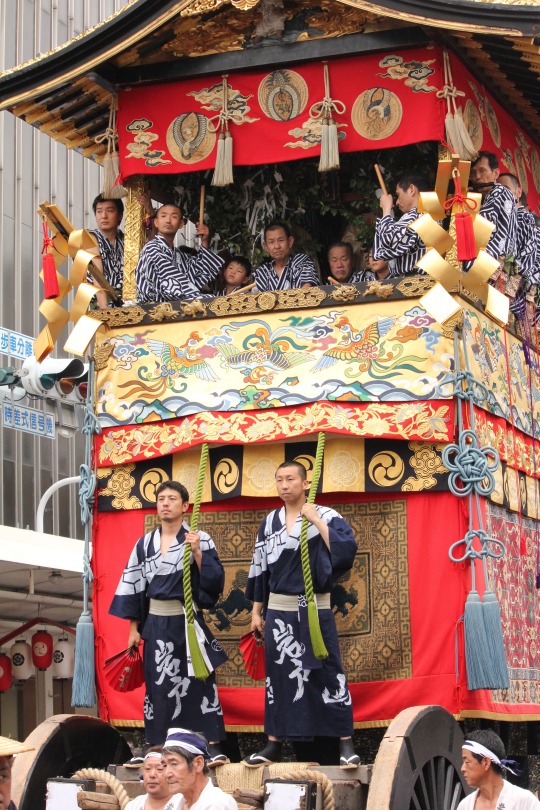
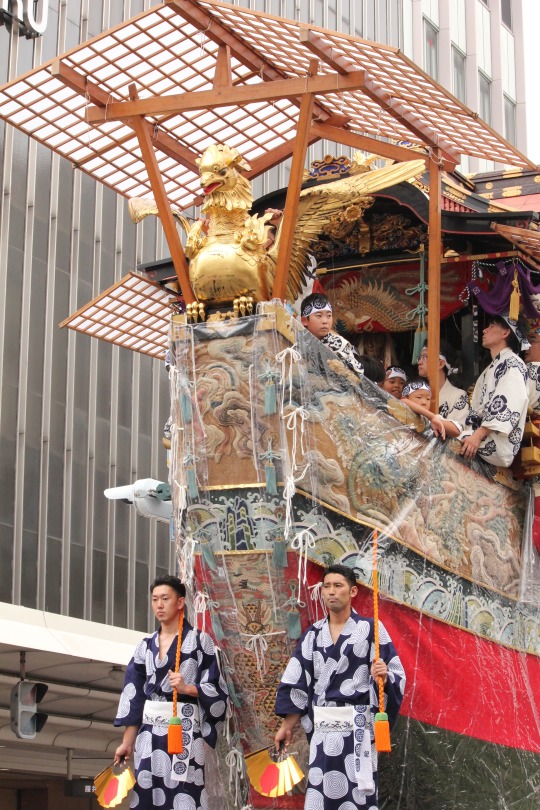

Gion Matsuri (Festival), Kyoto Japan (祇園祭)
Sunday July 17th
One of the biggest festivals in Japan, the Gion Festival is a month long event with the biggest shows taking place on July 17th; the Yamaboko Junkō (山鉾巡行).
The festival takes its name from the district in Kyoto. Historically, the festival is a purification ritual to appease the gods as Kyoto has been a centre for “bad luck” with fires, earthquakes, floods, and even plagues. The festival would take place whenever an outbreak occurred but was declared an annual event in 970 and has been celebrated ever since.
Different days have different events. The main dates are July 17 and 24, but the preceding dates of July 14,15,16 and 21, 22, 23 are also important dates with separate rituals.
Cultural food and sweets are served along the streets. Females dress in yukata’s (summer kimono), men also can take part.
0 notes
Video
The Food of Japan
Takayama Spring Festival 2016
#takayama#takayamajapan#japan#gifujapan#japanfood#food#ilovefood#japanesefood#travel#eat#cusine#takayamaspringfestival#travelabroad#festival#japanesefestival
3 notes
·
View notes
Video
Takayama Spring Festival; April 2016
Takayama Festival is an annual festival of Hie Jinja Shrine (aka Sanno-sama) the guardian deity of the southern half of the old Takayama castle town. There are three main gods, Ryujintai, Shakkyotai, and Sambaso (represented as puppets) that reside at Otabisho resting place. Each come to life putting on different performances enacting Japanese legends and tales controlled by dozens of strings and mater puppeteers. The main attraction are the yatai (floats). They are symbolic of Takayama’s economic strength whilst showcasing the artisanship of traditional craftsmen. There are 12 floats all decorated differently representing and honouring gods, deities, and nature. There are a few shrines in this area as well as the traditional shopping areas where they make and sell sake and miso and pottery.
#takayama#takayamajapan#takayamagifu#takayamaspringfestival#japanfestival#japan#traveljapan#festival
0 notes
Photo






Nagoya Castle: Golden Dolphin (Kinshachi); 1612.
Completed in 1612, Nagoya castle was positioned in a critical vantage point to ward off attacks from Osaka; the Tokugawa family resided here. The castle has burned once in the 1800s as well as nearly destroyed during WW2. Most of the castle has been restored and many parts are currently under reconstruction. Bits and pieces are original but most of the castle and grounds have been reconstructed to be tourist friendly.
The Golden Dolphins at the top are reconstructions of the originals, however, the partially destroyed originals are inside the castle on display. Although the dolphins appear similar one is female and the other is male symbolizing fertility and health.
#nagoyacastle#nagoya#nagoyajapan#japanesearchitecture#traveljapan#travelnagoya#japan#castle#goldendolphin
0 notes
Photo
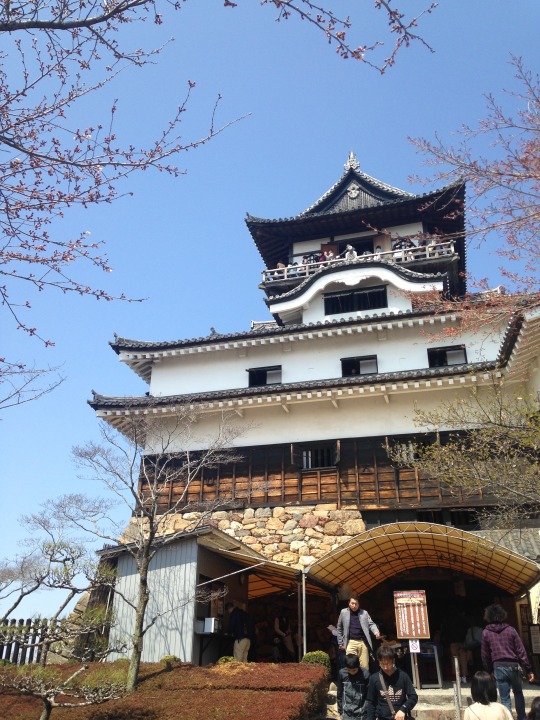



Inuyama Castle: known as Japan’s oldest castle, Inuyama Castle was built in its current location in 1537 by the nephew of one of japan’s greatest samurais. A national treasure of Japan it is built upon a small hilltop overlooking the Kiso River. Made of entirely wood and stone the castle has kept its true orientation with its insanely steep stairs and narrow corridors (a trade make of Japanese living). There is a balcony at the top where you can walk around and observe the surrounding area. There is an Inuyama Festival that takes place in early spring while the cherry blossoms are in full bloom (a very common time to have festivals in japan hence spring is the beginning of their fiscal year - tied to the cherry blossoms).
1 note
·
View note
Photo




Osu Kannon Shopping District (at Night)
These photos only give a taste of Osu Kannon shopping district! It is massive and the photos don't do it justice. This whole area used to be the old shopping centre exposed to the environment; it was renovated with roofing for all season shopping (not a bad idea) - great place to get out of the rain for a bit!
You can easily spend a few hours here and I usually take a detour while walking home; stores usually close up early around 7/8
Feb 2016
1 note
·
View note
Photo





Higashi Betsuin Temple: Nagoya
Original construction 1542/ Reconstruction through till 1864/ Post WWII reconstruction from 1960.
Original bell tower from 1692
Feb 2016
0 notes
Video
Tatula Bar: Nagoya Japan
Went out with a few friends for a roommates birthday and this happened - there was like 7 people in the bar; Japanese service = second to none.
(even spotted some Canadian Whiskey, hah!)
and i probably talked to the guys for a solid 15 minutes about their pins... #nerd
1 note
·
View note
Photo

Atsuta Shrine; Nagoya
A shrine for the Sun Goddess Amaterasu, this location holds the sacred Kusanagi sword, one of the three imperial regalia (symbol to show the legitimacy of the Japanese emperor). However, the public can never see the sword (please refer to Japanese culture 101 and Shinto belief to understand - again, imma give just a simple overview, ha!)
The Torii (huge gate on the right ) is to symbolize the tradition from sacred to profane - there are a number of torii that fill the Shrine area all varying in size however, the entrances and exits to ground have the huge Torii that is shown (and I'm telling ya it was huge! - look at those people standing next to it)
I was lucky enough to witness two weddings going on; very beautiful - all in their get up; kind cool!
The rope around the tree is called yorishiro. In Shinto it is basically an object that can catch spirits (kami) for/ during religious ceremonies - it gives a physical identifier to a non physical thing; very common thing to see at a Japanese Shrine.
Feb 2016
#nagoyajapan#atsutashrine#atsutanagoya#atsutashrinenagoya#torii#yorishiro#kami#shinto#japaneseculture
1 note
·
View note
Photo
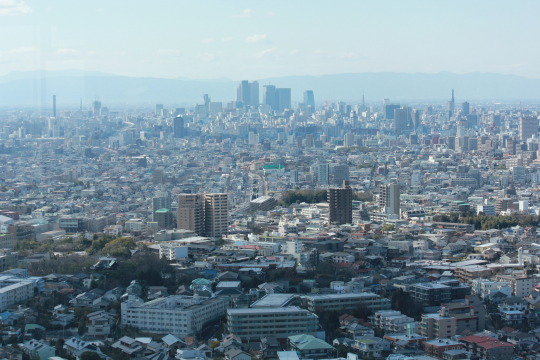

Higashiyama Zoo and Botanical Gardens
March 2016
0 notes
Photo




Higashiyama Zoo and Botanical Gardens: Gassho Style House
The Botanical Gardens area is massive. There are trails that wind through a wide variety of plants and gardens both indigenous and foreign to Japan. Seen above is a Gassho Style House. Traditionally a Japanese farm/ village house. There are three different styles of the Gassho house depending on the region; (the more snow the area gets, the steeper the roof becomes; there are other characteristics but google that if you wanna know - quick overview). The thatched roof is made of straw and is replaced as needed (typically in Spring after the snow melts). Due to its building materials and method of construction the Gassho houses are flexible making them ideal for harsh weather conditions and mountainous terrain (the floors were quite uneven and you made some type of noise while walking around). Spent a solid 2 house walking this area alone - very few people and super calm.
March 2016
#higashiyama#higashiyamazooandbotanicalgardens#nagoyazoo#gasshohouse#gasshojapan#japanbotanicalgardens#nagoya
0 notes
Photo

Osu Kannon Panorama
Originally built in 1333 in Gifu Prefecture, the temple was relocated in 1612 by Tokugawa Ieyasu due to constant flooding.
In 1820s it suffered damage due to a fire and was eventually rebuilt in the 1970s.
Feb 2016
1 note
·
View note
Photo
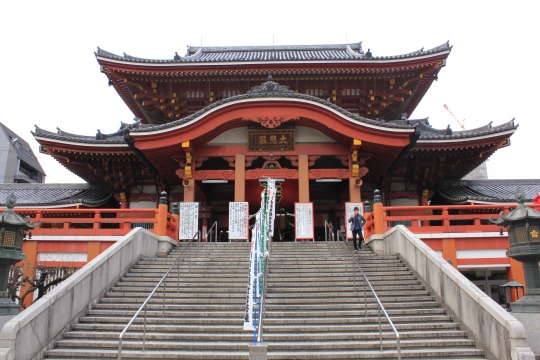

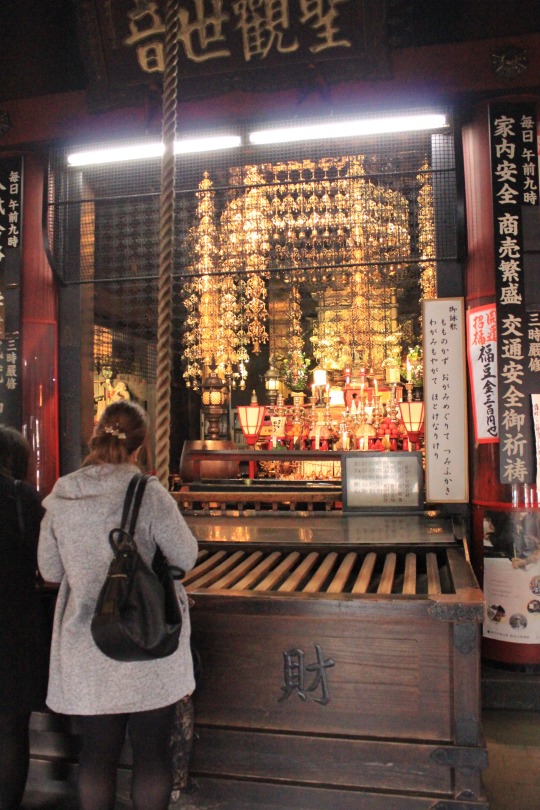
Osu Kannon Temple
Theres a huge shopping district with about 5-6 blocks of restaurants, used clothing, new stores, performances, and everything else! Crazy time
8th and 28th of every month is a market fair where antiques and used items are sold
In the centre of the temple there is a massive red lantern where people can tie their wishes to using paper notes.
Feb 2016
0 notes
Photo

Inside the Port of Nagoya Aquarium
Basically the cast of Finding Nemo,
Feb 2016
1 note
·
View note
Video
Nagoya Science Centre
Feb 2016
0 notes
Photo
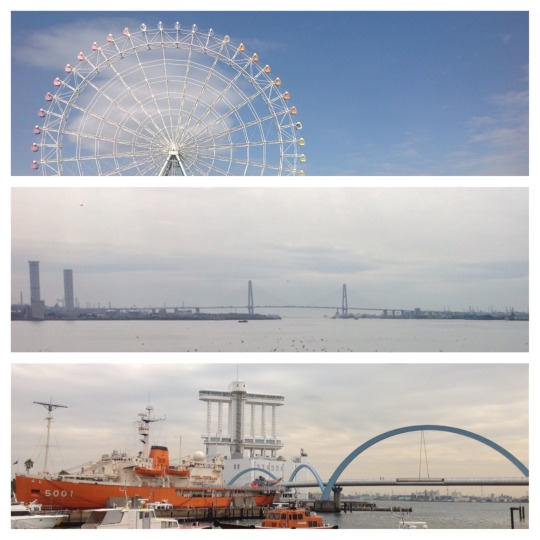

1: Port of Nagoya
Ferris Wheel, View from Observation deck and Japanese ship
2: Port of Nagoya with Aquarium (domed building)
Feb 2016
0 notes
Video
DT Nagoya, Sakae
Nagoya Tower and the Oasis Building
Feb 2016
0 notes